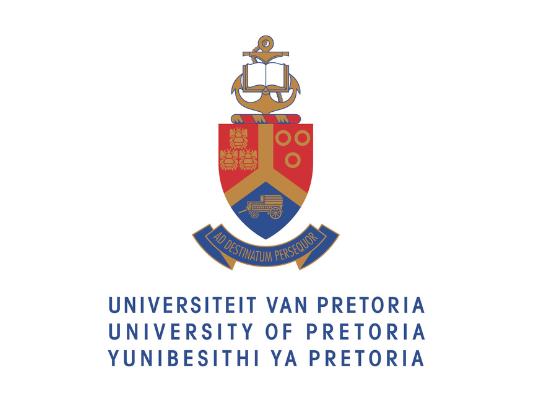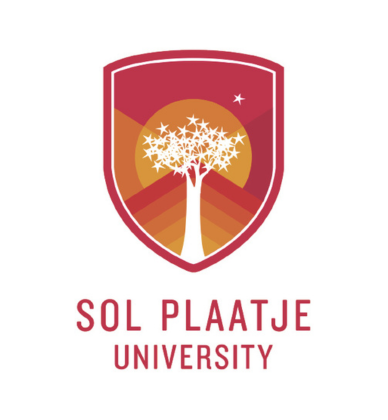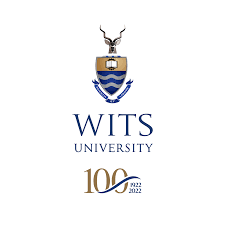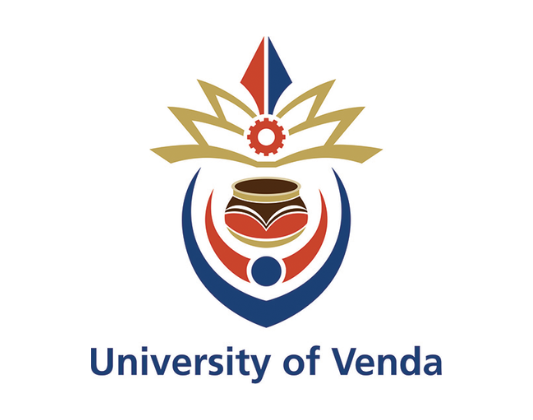Describing the magnitude spectrum with symbolic notation in musical chords
Researcher: Ruan Jean du Randt, University of Pretoria
Supervisor: Dr. Ritesh Ajoodha, University of the Witwatersrand, Johannesburg
Mapping chords from the magnitude spectrum to symbolic-notation makes way for a plethora of advances in algorithmic music. This will allow chord in musical accompaniment to be recognised and described in a symbolic way. It also makes great advances toward algorithmic music composition. This research shows various methods to map the magnitude spectrum to symbolic-notation using algorithmic chord recognition.
This research also evaluates the importance of various features within the magnitude spectrum when considering algorithmic chord recognition. The results show that Mel Frequency Cepstral Coefficients are the most important features, and that the Fuzzy Lattice Reasoning classifier obtain the highest accuracy with 99.0417%. This provides an effective way of mapping chords from the magnitude spectrum to symbolic notation and gives a foundation for future research.





